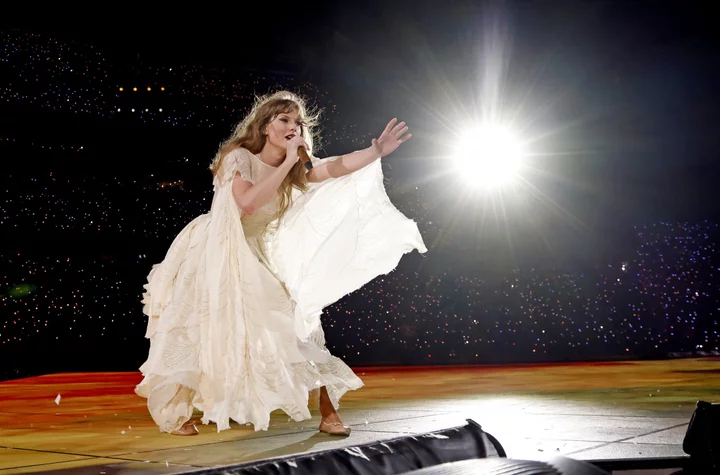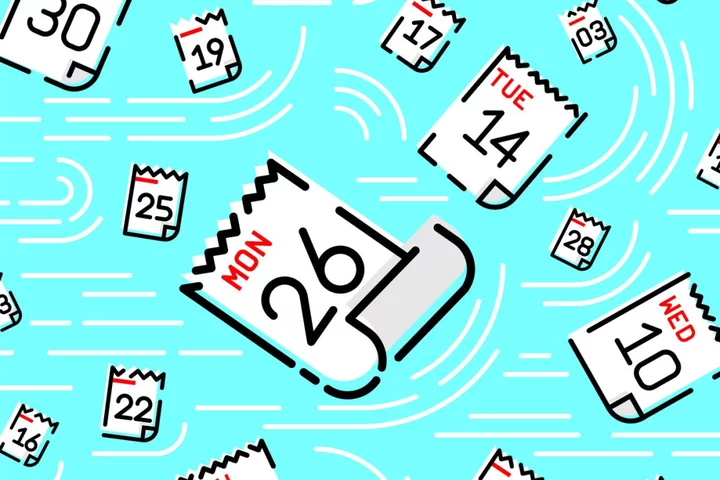Online shoppers were greeted by rapidly falling prices in August, marking another positive sign in the fight against inflation.
E-commerce prices tumbled by 3.2% year over year in August, Adobe Analytics said on Tuesday. That's the biggest annual drop in 40 months, or just over four years.
The data provides further evidence that inflation is cooling across the US economy, moving back towards normal levels following aggressive interest rate hikes from the central bank.
The Adobe report comes a day before the release of the Consumer Price Index, the government's more closely watched consumer inflation report for August.
For years, online shopping was the land of falling prices. That changed shortly after the pandemic began, scrambling supply chains and setting off the worst burst of inflation in four decades. Even online prices started to rise rapidly.
But now, Adobe says annual online prices have been dropping for a full year.
On a monthly basis, prices increased by 0.4% between July and August. Adobe said this was a reflection of the deep discounting that occurred around Amazon Prime Day in July.
Online prices fell in most categories on an annual basis, including sharp drops for sporting goods (-7%), appliances (-7.3%), electronics (-11.6%) and computers (-14.2%), according to the report.
Groceries prices continue to rise on an annual rate, increasing by 5% in August, but Adobe said that marks the 11th straight month of cooling price gains for that area. Prices dipped 0.2% between July and August, marking the first monthly drop in 27 months.
Of course, while prices are falling online, they're still rising rapidly in other, highly visible areas.
Most notably, gasoline prices have increased significantly over the past two months. The national average for regular gas hit $3.84 a gallon on Tuesday, up by 12 cents from this point last year, according to AAA.
The jump in gas prices means overall inflation likely moved in the wrong direction in August, with economists projecting that headline inflation accelerated last month.
Core inflation, which excludes volatile food and energy prices, is estimated to have cooled in August.









